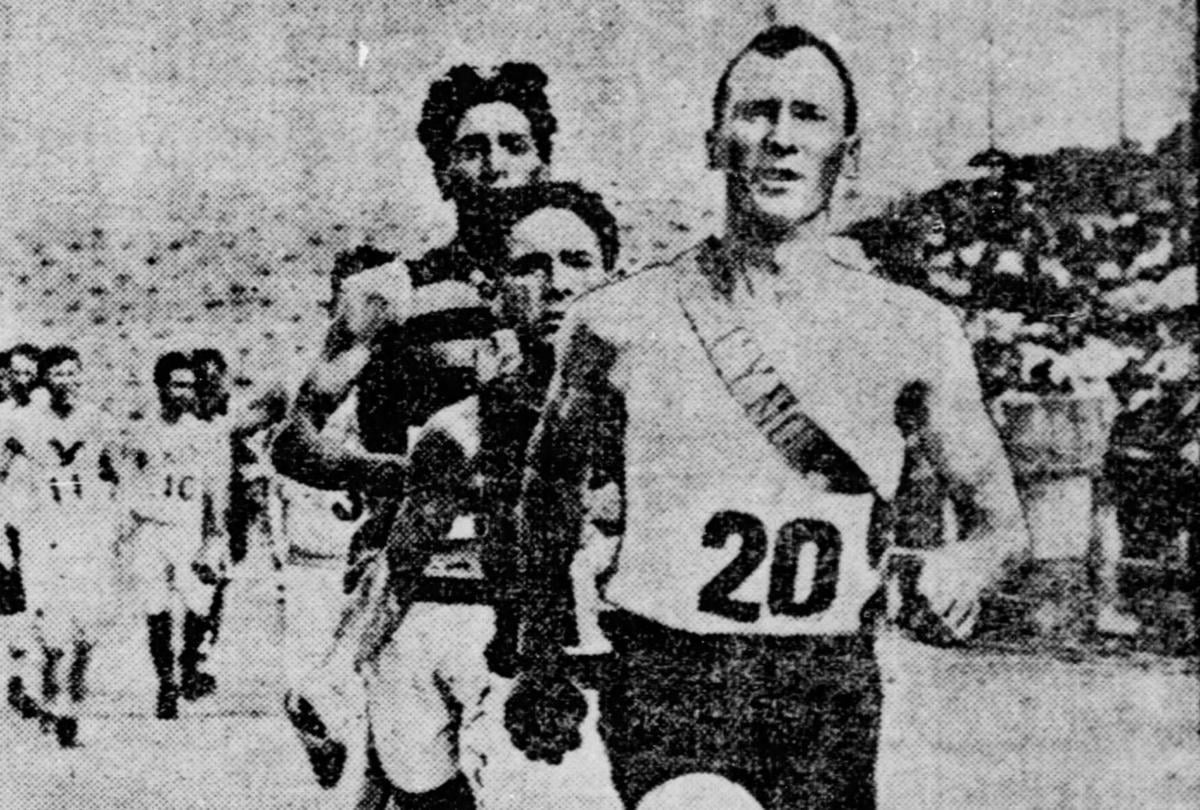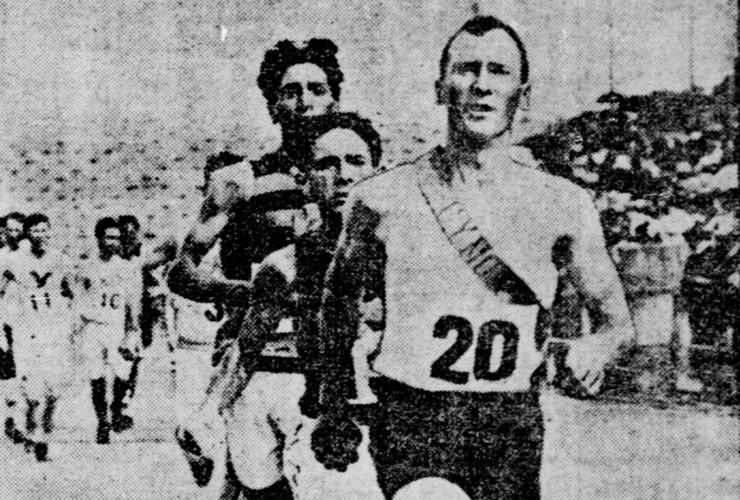The Third Olympiad, held here as part of the 1904 World's Fair, was a rag-tag madcap affair.
Organizers had a difficult time even deciding on an official starting date. They finally chose Aug. 29, and for the most part, the Games took place during the next five days, in hellish hot weather. Confusion reigned, in large part because James Edward Sullivan, the Fair's chief of physical culture, decided to hold daily sporting events during the eight months of the Louisiana Purchase Exposition. Thus, some sporting events held during the Fair were Olympian, but many weren't.
It was left to the few members of the International Olympic Committee who came to ºüÀêÊÓƵ to decide which events counted. They did so in an arbitrary fashion; their decisions would later drive Olympic historians nuts. (The official records were destroyed in March 1914 in a deadly blaze at the Missouri Athletic Club, which killed 38 people.)
People are also reading…
Only 12 countries competed in the Games -- Australia, Austria, Canada, Cuba, France, Germany, Greece, Hungary, Ireland, South Africa, Switzerland and the United States. Because the majority of competitors were from American athletic clubs, colleges and YMCAs, the ºüÀêÊÓƵ Games produced the highest U.S. medal count in Olympic history: 246.
But citizenship was often blurred. Marathon runner John C. Furla, a Greek immigrant and naturalized American citizen, competed both as a member of the Greek national team and also for the city of ºüÀêÊÓƵ.

A hand-drawn map of the 1904 Olympic marathon route, published in the Aug. 28, 1904, edition of the ºüÀêÊÓƵ.
The marathon on Aug. 30 drew the largest crowd, an estimated 10,000. Nine miles out, runner Fred Lorz of New York's Mohawk Athletic Club got cramps in the oppressive 90-degree heat and hitched a ride in a car. When it broke down near Francis Field, Lorz alighted and ran into the stadium, appearing to be the winner. The crowd cheered, and President Theodore Roosevelt's daughter, Alice, had to be stopped by officials from giving Lorz the victory wreath.
The winner was an Englishman, Thomas J. Hicks, competing for the United States and wearing the colors of a Cambridge, Mass., track club. His time: 3 hours, 28 minutes and 53 seconds, was well over an hour slower than current winning times.
The tug-of-war event was a curious competition in which teams from America, Greece and South Africa tried to pull each other 6 feet in five minutes. The contest was won by a team from Milwaukee, made up of men from Chicago. The sport was abolished after the 1920 Antwerp Games.
Sullivan and his fellow physical culturists also held so-called Anthropology Days during which tribesmen at the Fair competed in athletic events. The culturists wanted to see how the Argentine giants, or Patagonians, the pygmies and the timid Coropas would compare athletically with the mostly white Olympians. Now, their conclusions look ludicrous: They determined that only whites would make it as Olympians.
ºüÀêÊÓƵans generally regard the 1904 World’s Fair as a high-water mark in our history. More than 20 million people visited the “Greatest of …
Marathon mixed brandy, poison, apples and (at least) one cheater











